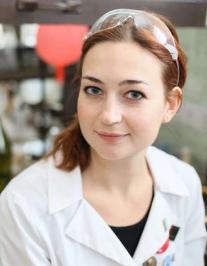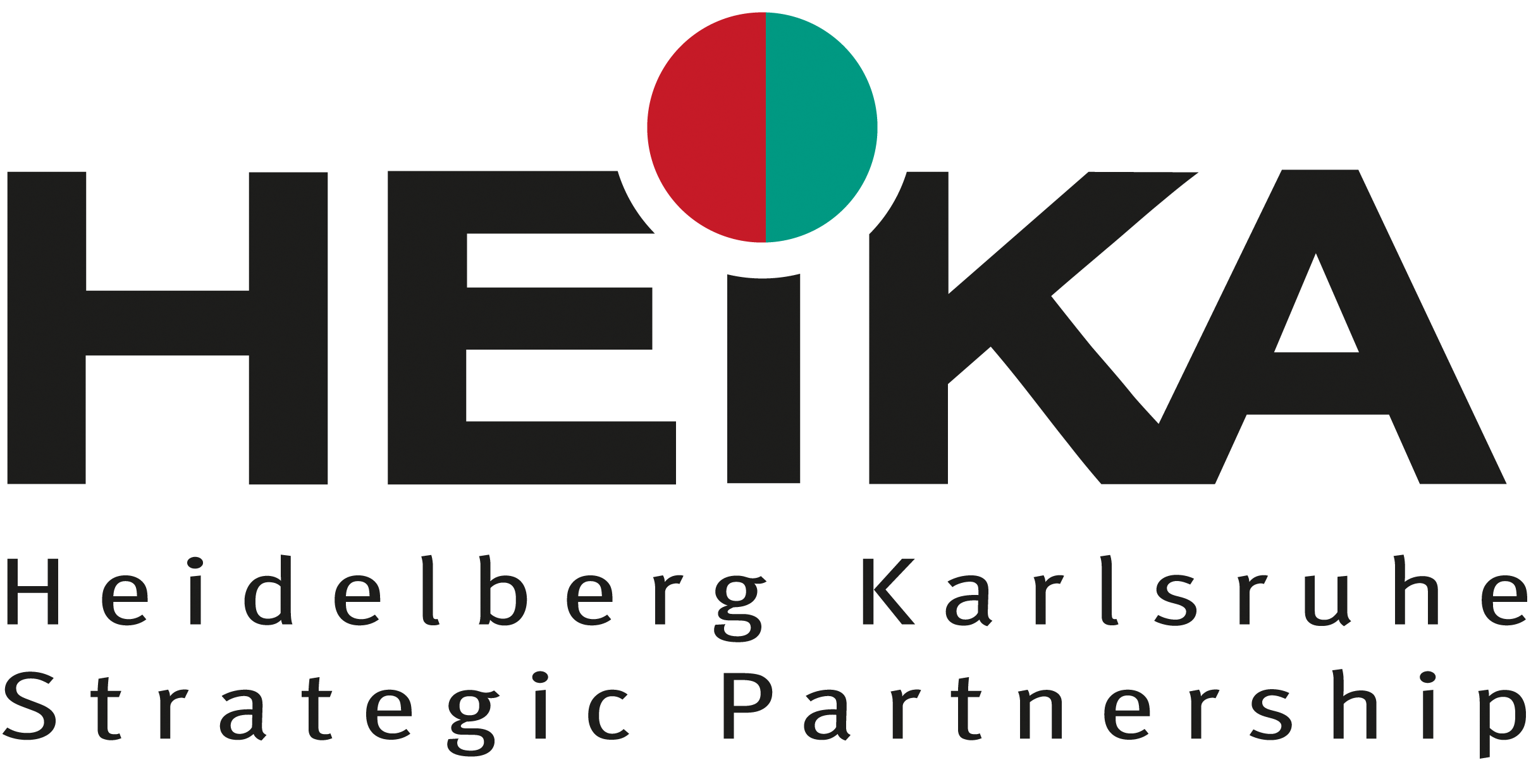„Functional Materials and Technologies for 3D-Structures and Systems (FunTECH-3D)“
In 2016 Karlsruhe Institute of Technology (KIT) and Heidelberg University have entered a new research alliance in the area of organic electronics within the framework of HEiKA and established a new form of collaboration with the HEiKA Center for Materials Research - FunTECH-3D.
Within this research alliance, existing expertise in the field of materials research at Heidelberg University and KIT have been combined and are further developed. The established research priorities of both partners in the fields of materials science, nanotechnology, solid state-physics and organic/ macromolecular chemistry are bought together in a targeted way with the research of components and the investigation of their manufacturing technologies. The concept of FunTECH-3D links the material science centers "Center for Advanced Materials" (CAM) at Heidelberg University and the "Materials Science Center for Energy Systems" (MZE) at KIT as well as the "InnovationLab" (IL) in Heidelberg, which is operated by the industry together with both HEiKA-Partners as academic key partners.
Spokespersons

Research Areas
Tailor-made organic and hybride 3D-materials and -structures
Preliminary work in the field of organic electronics has shown the critical importance of the internal three-dimensional structure of the materials: The control of the nanomorphology of bulk heterojunctions in organic solar cells is the key to high efficiencies. Similarly, in the case of organic field effect transistors, the structure of the materials at the internal interfaces and in the case of organic light-emitting diodes the separation in guest-host-systems plays a pivotal role for the component properties. In this research field, the control of the composition of complex functional materials on the nanometer scale is to be systematically advanced by means of novel approaches to material synthesis and processing technology. At both sites, new organic macromolecules, molecular semiconductors (heteroacenes, etc.) and inorganic nanoparticles are to be investigated intensively and additionally, thus enabling access to new functionalities in the combination.
A particularly elegant path towards newly designed materials is provided by self-organized organic and hybrid-organic molecular frameworks. The majority of the more than 20,000 identified volume compounds, which are highly porous, have not yet been investigated; Recent work shows a huge potential for this new material class. The scientific work in this research field provides not only the basis for more efficient components of printable optoelectronics (solar cells and light-emitting diodes) and electronics (field effect transistors), but it could also be used in areas of energy engineering (gas separation, solar-powered photocatalytic production of chemical energy carriers, energy storage) and sensor technology.
Coupling of electronic and biological functions ("BioElectronics")
3D-BioElectronics is to make accessible new applications in diagnostics and therapy through new structures of electronic systems in perspective. The understanding of the interaction of technical surfaces of the components with body fluids, tissues and cells plays a pivotal role. Novel, even in 3D-printable materials allow unprecedented access to biocompatible and implantable devices. Biocompatible and -degradable electronic systems are developed specifically for novel in vivo diagnostic and therapeutic approaches. Such systems can be realized with organic semiconductors, since water-soluble and biologically active representatives can be produced relatively simply by synthetic variation. Their properties, combined with microfluidic systems, are likely to be high-potential sensors for the early detection of imbalances in biological fluids. These imbalances can also be used for trace analysis in complex systems as well as for the detection of specific analytes. In such three-dimensional microfluidic systems, which are improved by water-soluble or also two-phase organic semiconductor/ receptor elements, very small amounts of analytes can be investigated in minimal volumes. The applications for such a new sensor platform are to be investigated, and so far hardly explored, both in the analysis of environmental toxins (heavy metals, volatile organic compounds (VOCs), pesticide residues, etc.) and biologically functionally relevant compounds (proteins, antibodies, etc.).
Printed 3D-circuits
In the long term, purely planar printed organic electronics will probably hardly be able to compete with the silicon-based microelectronics with regard to the performance of the circuits.
The example of organic transistors shows that, in addition to the relatively low charge carrier motions of the organic materials, the relatively large distances between printed electrodes (typically some 10 μm) also limit the transistor switching times downwards. Through three-dimensional approaches for the individual transistors, but also for entire circuits, a breakthrough could be achieved here. An important challenge is the realization of printable electronic memory components. For this purpose, the various possibilities, which result from magnetic and thus switchable nanoparticles as well as novel organic materials with tailor-made magnetic properties, has to be evaluated.
In combination with fluidic and optical functions, powerful miniaturized sensor-actuator-systems could be created in this way, as required for personalized medicine, the internet of things (IoT) and ubiquitous sensors, or e.g. for industry 4.0.
Young scientists and their projects within FunTECH-3D






